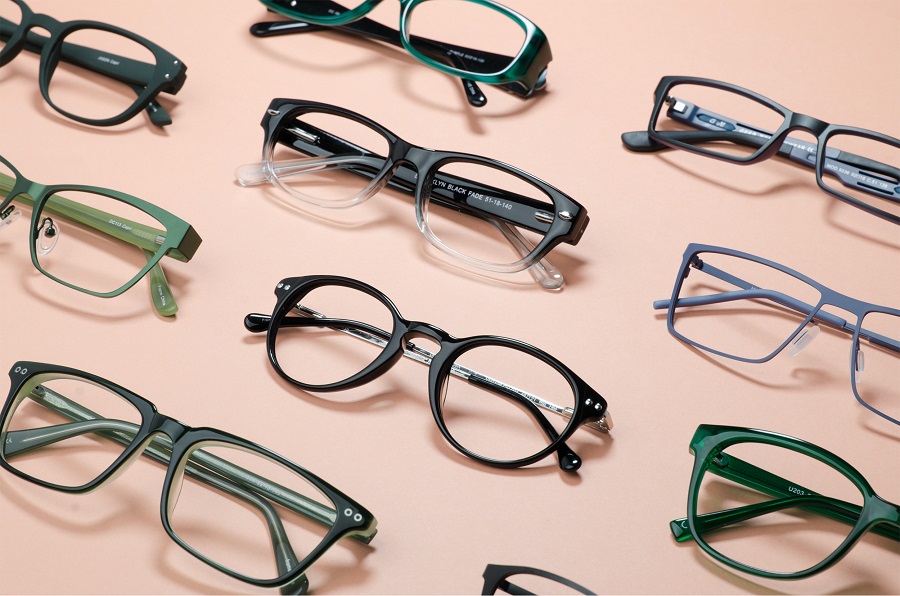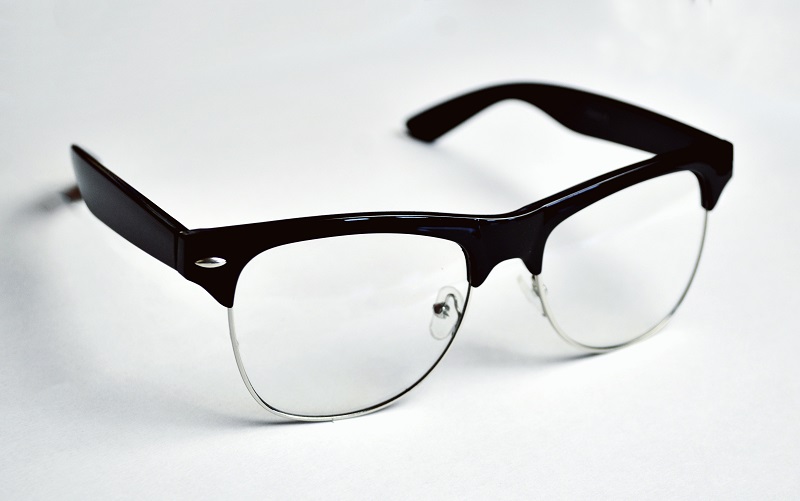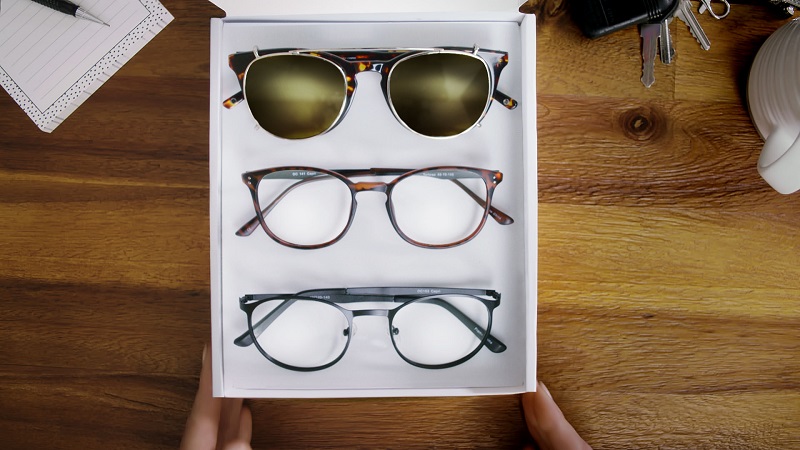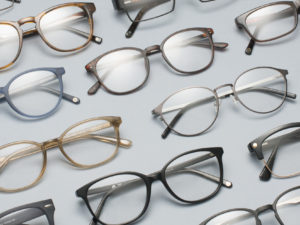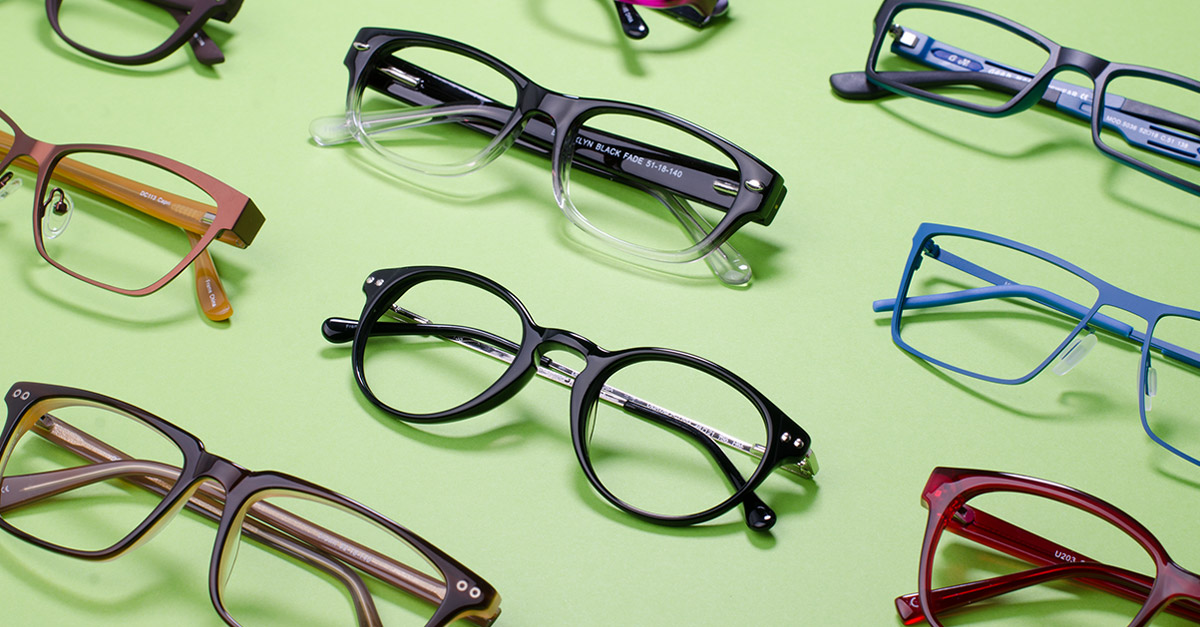For many people, especially those who have never needed eyeglasses before turning 40, to hear that they might need to start wearing multifocals with progressive lenses comes right out of the blue.
Without going into too many details, progressive glasses are used to correct presbyopia (an age-related eye condition) and offer clear sight to all fields of vision instead of just near/distance.
To learn more about multifocals and specifically progressive lenses, check out this article.
Back to the beginning – A doctor suggesting it might be time to start wearing glasses with progressive lenses usually means… you should start doing it. Regardless, it never hurts knowing a bit more about something you encounter for the first time, especially when it comes to making a change in such a meaningful aspect of your life. For this, here are the main pros and cons of progressive multifocals.
Pros
- One pair, all distances
Eye doctors usually start suggesting multifocals to people in their 40’s, when close-range vision starts failing you, a condition also known as presbyopia. But the “magic” of multifocals is providing clear vision to more than one distance. If you need reading glasses and for driving or computer glasses, isn’t it better to have everything in one lens, instead of switching back and forth between pairs based on need?
- Look just like regular glasses
In the previous paragraph, we compared progressive lenses to single-vision prescription. In the next two paragraphs, the comparison is to the “other” multifocal lens type: Bifocals.
Bifocals provide two prescriptions in one lens: Distance (top of the lens) and near (bottom), with a visible line between both parts of the lens. Not very fashionable, making them “old people” glasses. Progressive lenses are also known as “no-line bifocals”, and no longer require thick lenses to include all optical powers. They offer the same style choice as single-vision glasses, as well as almost all sunglasses styles.
- No “vision jump”
When your eyes move from the bottom part to the top part of bifocals, there’s an image jump. Why? Because bifocals don’t have a transitional zone like progressive lenses, which offer a clear vision to all distances, meaning the intermediate portions as well. It takes a bit of getting used to, but after a few days, eye movement and vision come naturally.
- Slows down myopia
Myopia is also known as nearsightedness, making distant objects appear blurry. This is the most common eye problem for all ages. Studies have shown that wearing glasses with progressive lenses from a young age slows down the progression of myopia.
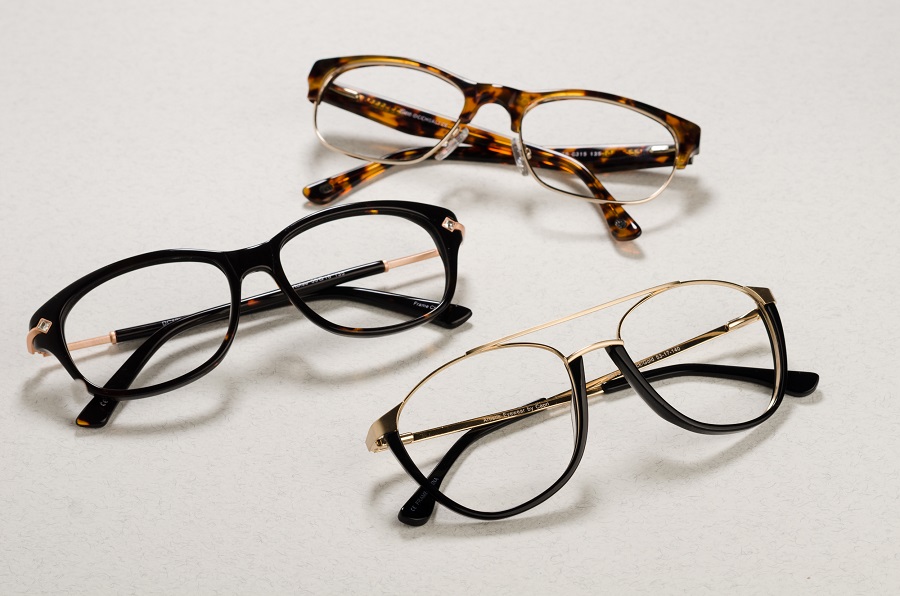
Cons
- Adjustment troubles
Progressive lenses are more advanced than single-vision lenses or bifocals, making them a tad tricky to adjust to. You need to teach your eyes to look through different areas of the lens for different distances, and there are also blurry peripherals that are impossible to eliminate by design. Learning where and when to focus your eyes takes a bit of time. For some people it can be a few hours; for others, it might take a few days.
There are no cold hard stats, but probably 90% successfully adjust to progressive lenses. It is clear that it gets more and more difficult the older you when you use them for the first time.
- Price
We’ve mentioned a time or two that progressive lenses are more advanced than other lenses. That shows when it comes to price. Wearing prescription glasses with progressive lenses is at least $100 more expensive than single-vision prescription glasses, and also more expensive than bifocals.
In conclusion, Progressive multifocals provide clear vision to all distances, making them more practical for people who have more than one refractive error. They’re more fashionable than bifocals, and can even help kids slow down their nearsightedness. While adjusting can be bothersome, it’s rarely impossible to overcome. And as for price, buying your multifocals with online retailers can save you a pretty penny compared to “offline” stores or ordering them from your doctor.
